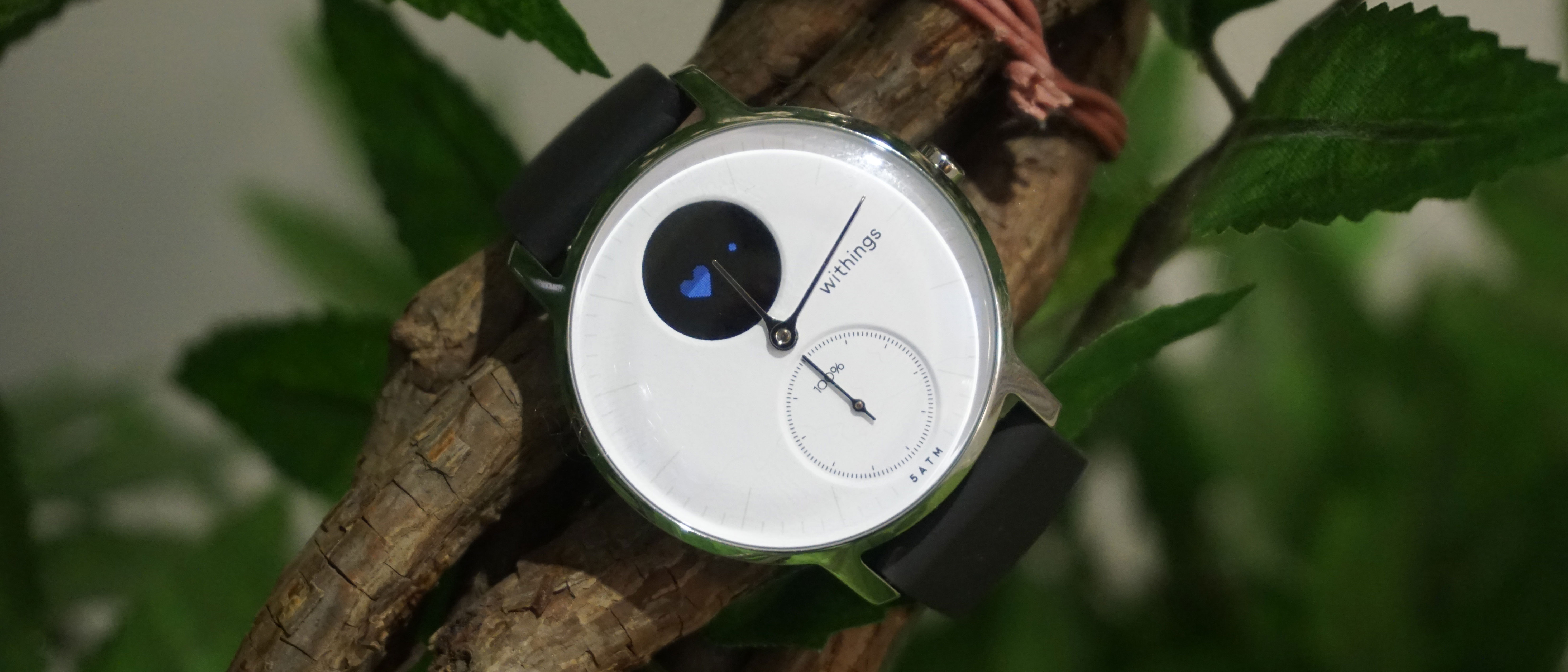TechRadar Verdict
The Withings Steel HR may be on the expensive side of fitness tracking, but it has a gorgeous design and could be a great choice if you don't want a normal fitness tracker.
Pros
- +
Stylish design
- +
Accurate heart rate monitor
- +
Easy to use companion app
Cons
- -
Expensive for a fitness tracker
- -
Limited fitness features
- -
Less competitive battery life
Why you can trust TechRadar
Update: We've reworked our original Nokia Steel HR review to reflect its latest name change. It's now called the Withings Steel HR, and below you'll find our full verdict on the tracker.
A large amount of people now want to wear a fitness tracker to keep an eye on their steps and exercise regime, but not everyone wants a plastic, eye-catching device like the Fitbit Charge 3 or Huawei Band 2 Pro sat on their wrist.
Fitness trackers aren’t inherently attractive looking wrist wear, with many looking strange on the end of your arm – but what if all those tracking features were built into a watch?
The Withings Steel HR is trying to push the boundary of what we’ve seen inside a hybrid watch, combining a classic design with fitness tracking features. The strange thing is, we've seen almost this exact same product before.
Originally launched under the name of the Withings Steel HR, Nokia then took over the brand and renamed the product the Nokia Steel HR. Then Nokia fitness products were rebranded back to the Withings name, so again it's called the Withings Steel HR.
You may still be able to buy it under the name Nokia Steel HR, but the product will be the same apart from the name that you'll find on the watch. We've tested both versions of the watch, but as you can no longer easily buy the Nokia edition so this review will only refer to the Withings Steel HR.
Withings Steel HR price and release date
- Out now in the US, UK and Australia
- RRP was $179.95 / £169.95 / AU$299.95 at launch
- We've seen the price drop to around $99.99 / £125 / AU$290
The Withings Steel HR is out now in the US, UK and Australia, but as we've said you may find it under the Nokia branding instead. There are three versions of the wearable that you can choose from too.
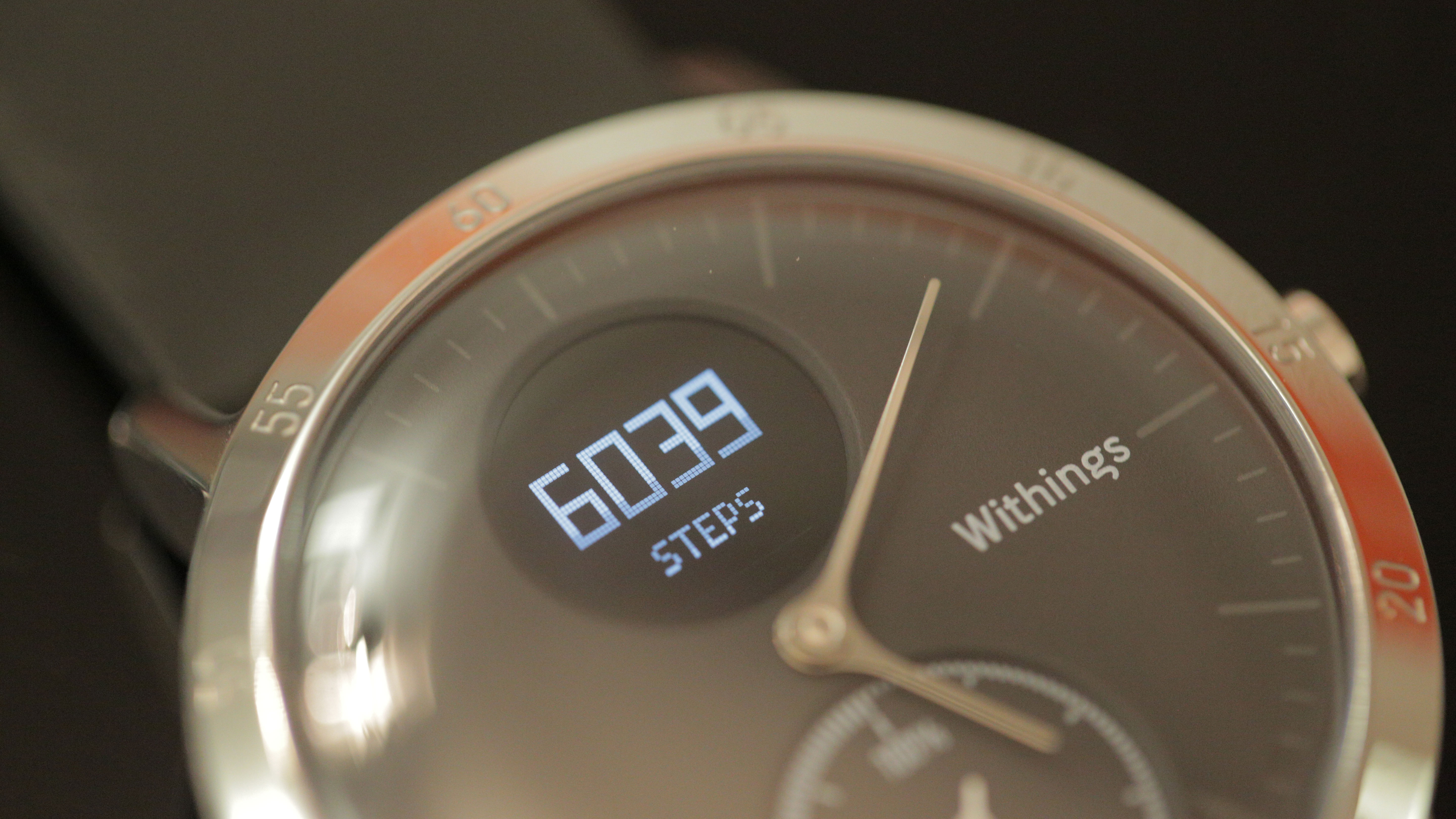
The 36mm Steel HR cost $179.95 / £169.95 / $299.95 at launch, while the 40mm model was a little more at $199.95 / £179.95 / AU$339.95. The most expensive version is still the rose gold 36mm variation, which launched at $219.95 / £219.95 / AU$359.95.
You're likely to find it discounted further now as it has been out for a while, so be sure to shop around to find a lower price. We've seen it at around $99.99 / £125 / AU$290 for the cheapest model.
That's quite a bit more expensive than the Withings Steel and Withings Go fitness trackers, so price-wise you can consider this a fairly high-end device. There is now the Withings Steel HR Sport, which is the company's most expensive tracker that comes with a few extra top-end features.
Design
- Classic watch-like design means no-one will know this is a fitness tracker
- One button to interact with the tracker, disguised as a crown
- May be a little too small for some traditional watch lovers
The Steel HR is the most watch-like fitness tracker we've seen. It looks much like a classic watch you’d wear on your wrist and is actually a bit slimmer than models from most of the big name watch brands.
It looks attractive and has a premium design that devices like the previous products of the Withings Activité Pop and Withings Go have been missing.
We used the 36mm Withings Steel HR, but you can also get a 40mm version of the watch if you have larger wrists. The 40mm version is still rather small though and we've heard some complaints that it's actually a little too small on the wrist.
The watch face is available in black or white on the 36mm version, while if you opt for the 40mm option you'll only be able to buy it in black. You also have the option of a rose gold version in 36mm, also with a white or black watch face.
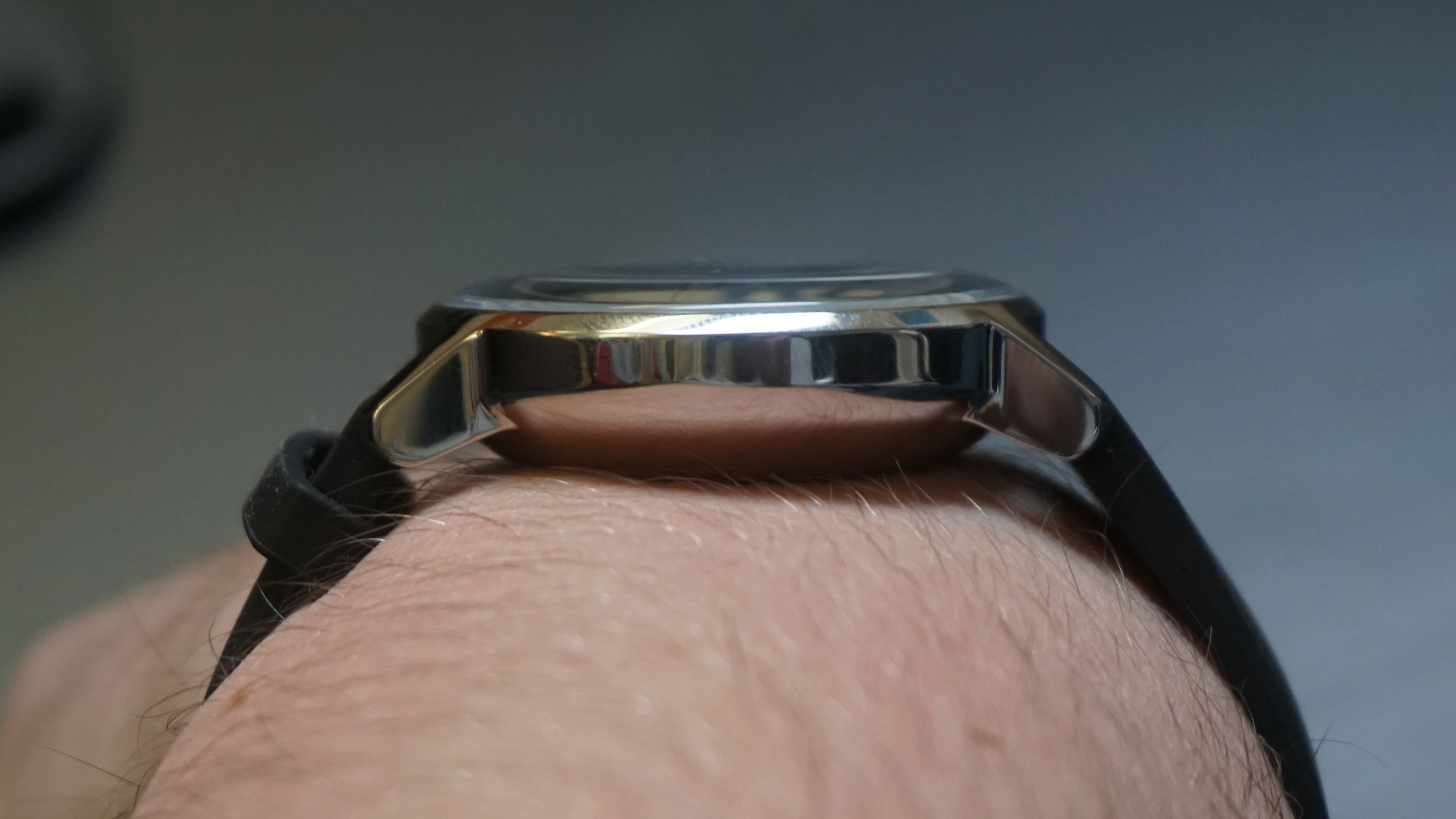
For us though, this is the perfect size. It's slightly thicker than other Withings devices, which was presumably necessary to put a heart rate tracker inside the thing, but it’s still not much thicker than your average watch.
Compared to smartwatches available on the market, the smaller size and slimmer design makes this much more comfortable to wear.
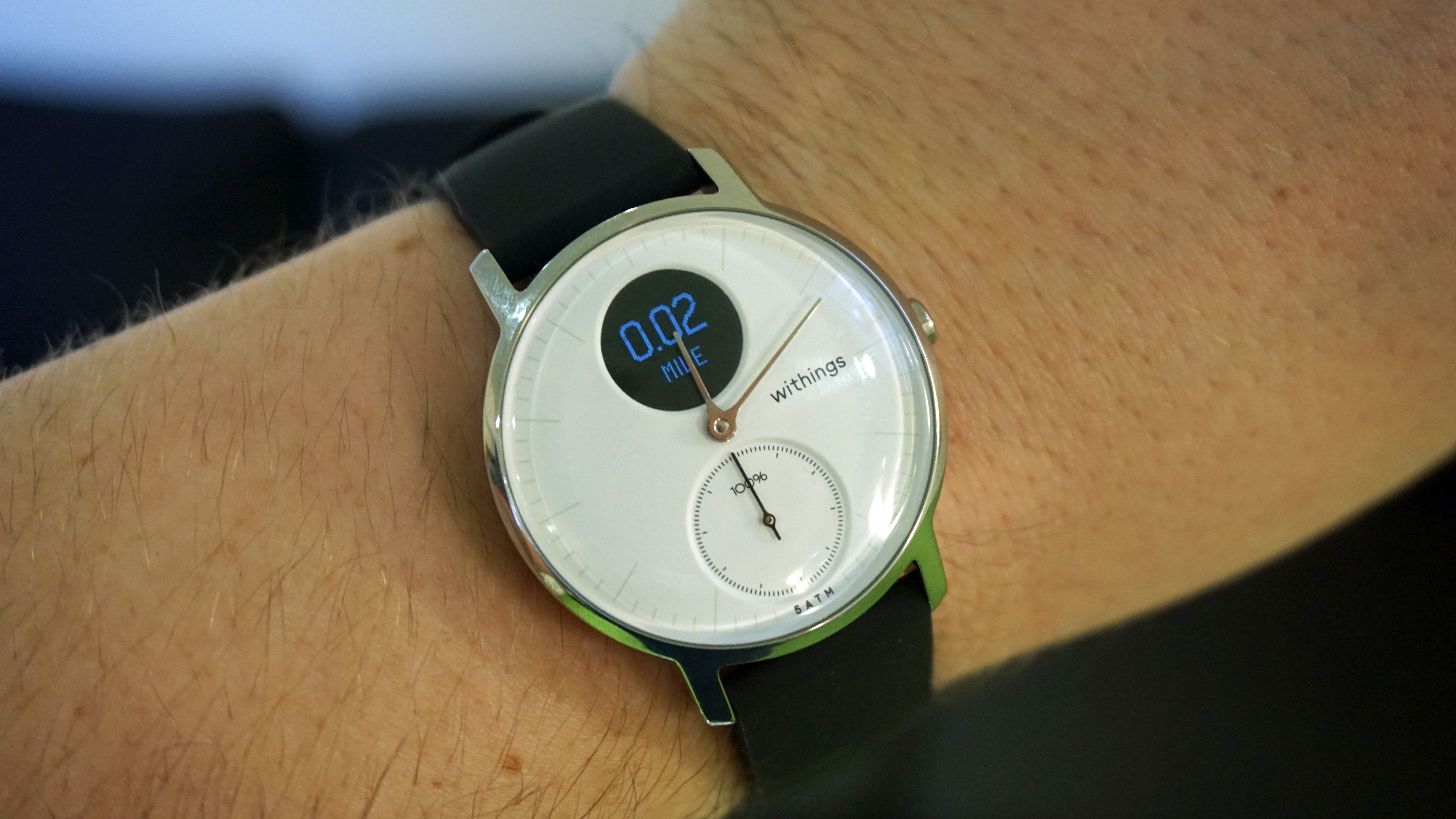
The strap choices for the Steel HR are durable and feel comfortable on your wrist. We used a silicon one, which won’t get dirty when you’re out and about and is easy enough to clean off when you've got it all sweaty during a workout.
Some devices have had complaints about their silicon straps - such as some of the early Fitbit products - but this strap shouldn't cause you any skin irritation.
For our review we had a black version of the strap, but you can also pick up white, red, purple, navy, blue and grey silicone straps for the 36mm while the 40mm is available with either blue or red.
There is also a leather option for both watches in black while the 36mm version also comes with a brown alternative. If you prefer a woven look, you can also buy straps for the 36mm watch in blue, orange or yellow with prices starting at $39.95 (£34.95, AU$62).
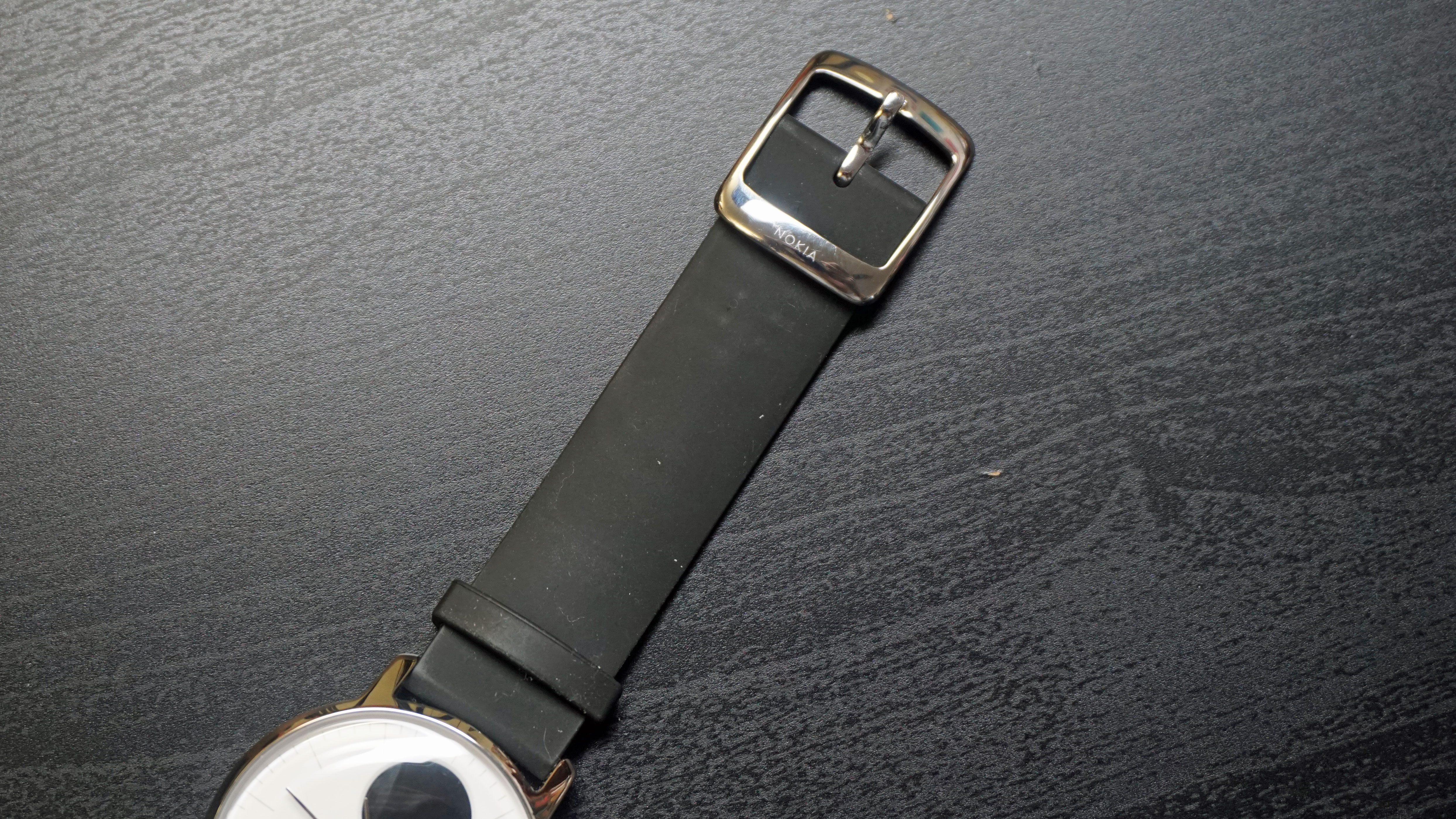
The silicon options start at $24.95 (£24.95, about AU$40) while leather versions, which come in either brown or black, are more expensive but still affordable starting at $49.95 (£44.95, around AU$80).
The leather and woven options look far more formal and may suit a business environment more,
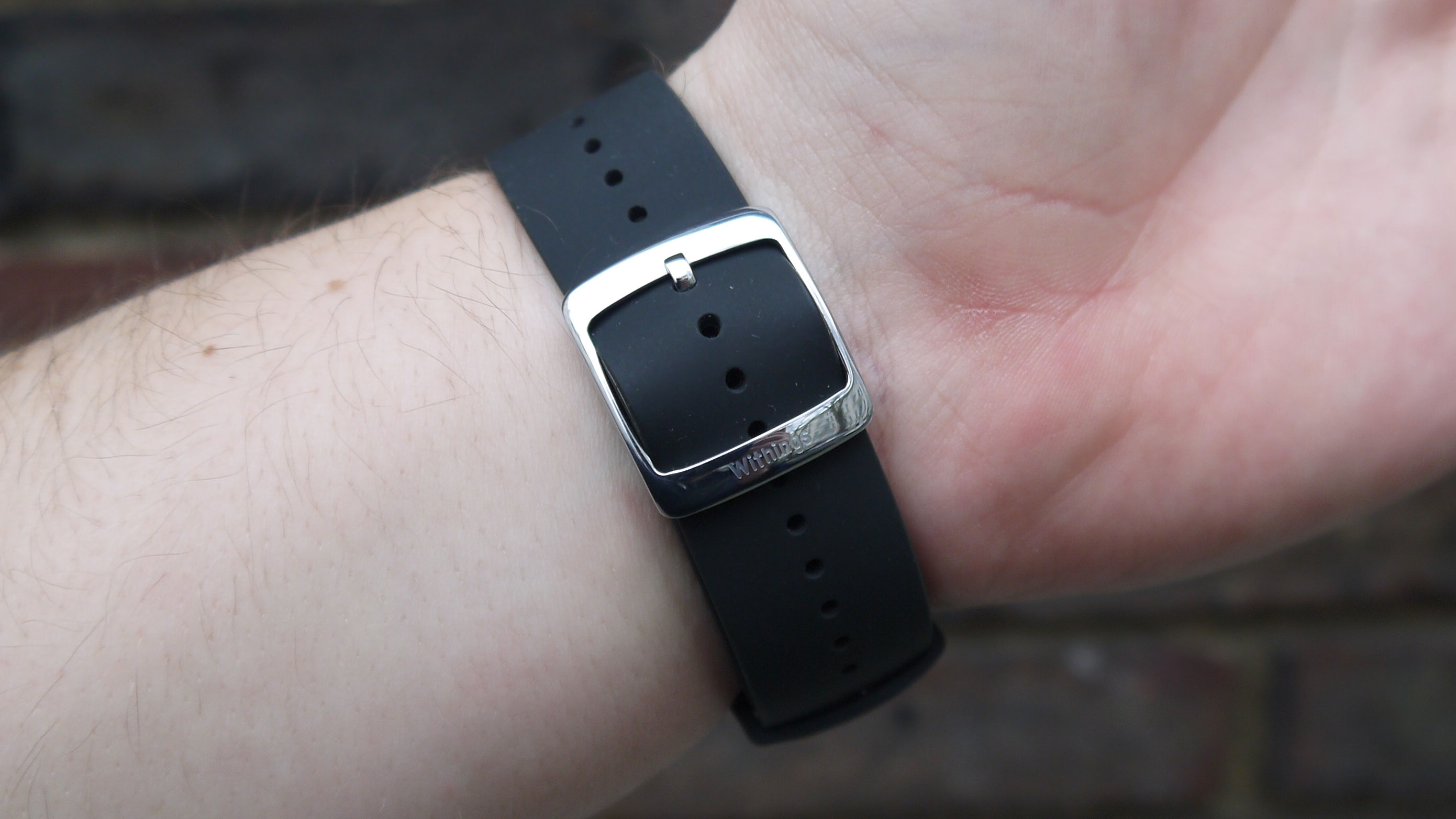
On the right hand side of the watch display you'll find the only button. It looks like a crown, but won’t spin and just works as a button to cycle through the menus on your wearable to see each of your stats.
When first using this device we did find it quite strange to not be able to turn this button, but once you get used to tapping it you'll find it a simple way to see your results throughout the day.

Pressing it once will wake the small screen at the top of the watch face to show the time and with each subsequent press it will show heart rate, steps, distance, alarms and battery life, in that order.
This can get irritating when you want to just see the battery life, as you need to press the button at least six times, but it doesn’t take too long to cycle through.
Just above the six o’clock on the watch face sits the percentage calculator. This will go up the more steps you take in a day. If you set your target to 12,000 steps, it will show 50% done when you’ve reached 6,000.
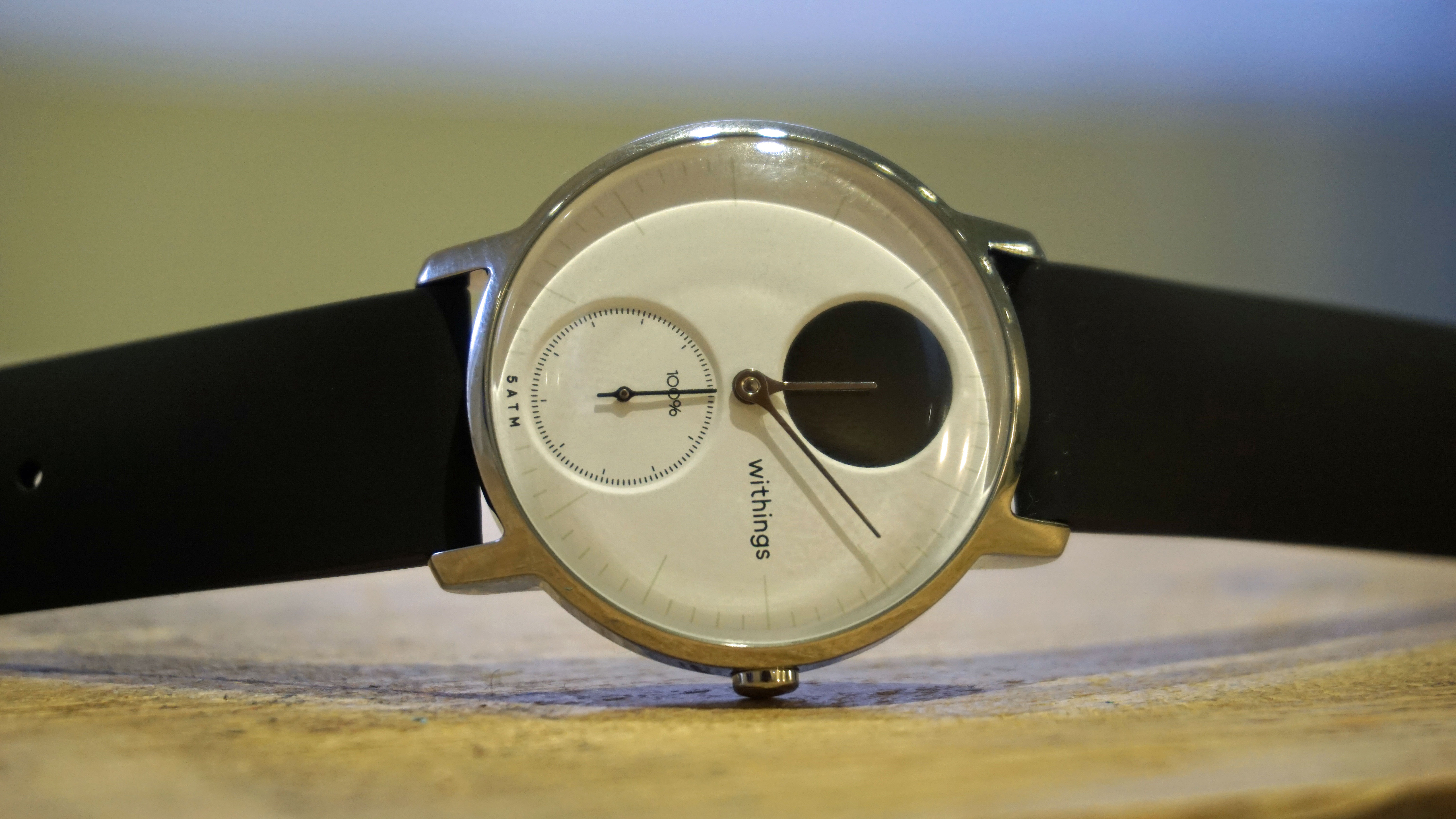
This is a simple to use interface and you can switch your target within the app with ease, so you’re not restricted to just one goal.
Despite having both a digital screen and a percentage monitor, the time is easy to read on the Steel HR. There's no second hand here, but you have a minute and hour hand to keep track of the time and that's one of the most important things for most people buying a hybrid smartwatch.
Image Credit: TechRadar
James is the Editor-in-Chief at Android Police. Previously, he was Senior Phones Editor for TechRadar, and he has covered smartphones and the mobile space for the best part of a decade bringing you news on all the big announcements from top manufacturers making mobile phones and other portable gadgets. James is often testing out and reviewing the latest and greatest mobile phones, smartwatches, tablets, virtual reality headsets, fitness trackers and more. He once fell over.
